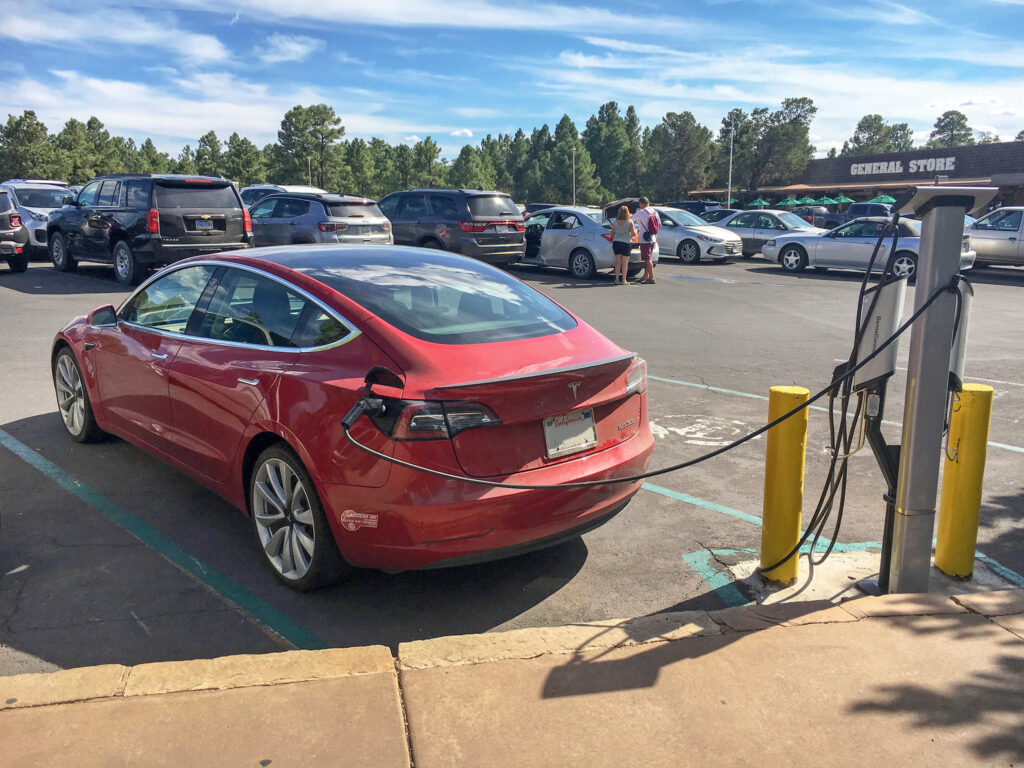Since Ford Motor Co. announced a series of major electric vehicle battery plants, anchored in Kentucky and Tennessee, regional leaders have touted Western Kentucky as fertile ground for a clean energy supply chain. Yet a critical material essential to battery production and electric vehicles — aluminum — is slipping away and is at risk of hobbling Kentucky’s clean energy supply chain at the exact moment the industry should be taking off.
In 30 years, America has fallen from being the global leader in primary aluminum production to now representing just 1.2% of annual production. From a peak of roughly 30 smelters across the U.S. in 1980, Kentucky is home to two of the five remaining plants, Century Aluminum’s Hawesville and Sebree plants. The Hawesville smelter was idled in June 2022 and hasn’t re-started. Magnitude 7 Metals announced last week it was curtailing its smelter in Missouri.

Each closure, curtailment and idling hits like a gut punch.
The Inflation Reduction Act, passed by Congress in 2022, has unleashed a wave of investment in domestic manufacturing in the Bluegrass State. Since 2021, manufacturers have announced new battery and EV manufacturing facilities set to provide 9,000 new jobs and attract $9 billion in investment. Manufacturing components of the clean energy economy requires a lot of aluminum — much more than all we make in the U.S. currently. Why are we allowing this vital industry to shutter when we need it?
- RELATED: Kentucky to receive additional federal funding to expand electric vehicle charging network
- RELATED: Hopkinsville among 16 newly announced EV charging station sites
Eighty percent of primary aluminum consumed in the U.S. is imported. After years of global supply chain disruptions, this is a risk for clean energy manufacturers getting up and running in Kentucky, instead giving the edge to global competitors. Our leaders should fight to realize an enormous opportunity for economic growth and family-sustaining jobs right here in Kentucky.
How did we get here? In Kentucky, fossil fuels make up 93% of our energy portfolio, and the price of electricity for industrial customers has risen dramatically in the past 18 months. Electricity is the single largest cost of primary aluminum smelting, and Century Aluminum cited this price increase in curtailing the Hawesville smelter, costing the community 600 good-paying jobs.
To survive, the primary aluminum industry in Kentucky must be powered by clean energy in the future. The cost of renewable energy has fallen 60%-80% in the past decade and is now competitive with fossil fuels, if not cheaper in many circumstances. Funding from the Inflation Reduction Act (IRA) can be a lifeline to help solve the extraordinary volatility of energy pricing for these manufacturers and help secure supplies of low-cost renewable electricity. It can help upgrade smelters with new technology to slash greenhouse gas emissions and reduce sulfur dioxide pollution, but we need more action by federal and state policymakers and regulators to ensure they’re using the best-available pollution controls to protect Kentucky’s air and water.
Because both smelters have histories of air and water pollution violations due to being decades old and badly in need of upgrading, they must also be outfitted with modern pollution control technologies and standards. The Hawesville plant could have been in violation of the Clean Water Act for several years by discharging polluted wastewater.
New federal incentives will help Kentucky catch up to a broader transformation to low-carbon, clean aluminum that’s underway in smelters in Canada, Europe, Australia and other countries. Customers are helping drive this transformation. In September, major aluminum buyers including Ford, GM, Pepsi Co., Ball Corp. and Rivian called on the Biden administration to use IRA funding to modernize and grow the industry, rather than let American-made primary aluminum disappear.
The transformation to clean aluminum offers a glimpse of what Kentucky’s future could look like — abundant with clean energy jobs at facilities powered by renewable energy. The curtailment of the smelters in Hawesville and now Missouri must be a wake up call. Our leaders must ensure primary aluminum manufacturing remains a part of the fabric of Western Kentucky. If they fail to act, these opportunities will unravel and slip away.
This article is republished under a Creative Commons license from Kentucky Lantern, which is part of States Newsroom, a network of news bureaus supported by grants and a coalition of donors as a 501c(3) public charity. Kentucky Lantern maintains editorial independence. Contact Editor Jamie Lucke for questions: info@kentuckylantern.com. Follow Kentucky Lantern on Facebook and Twitter.



